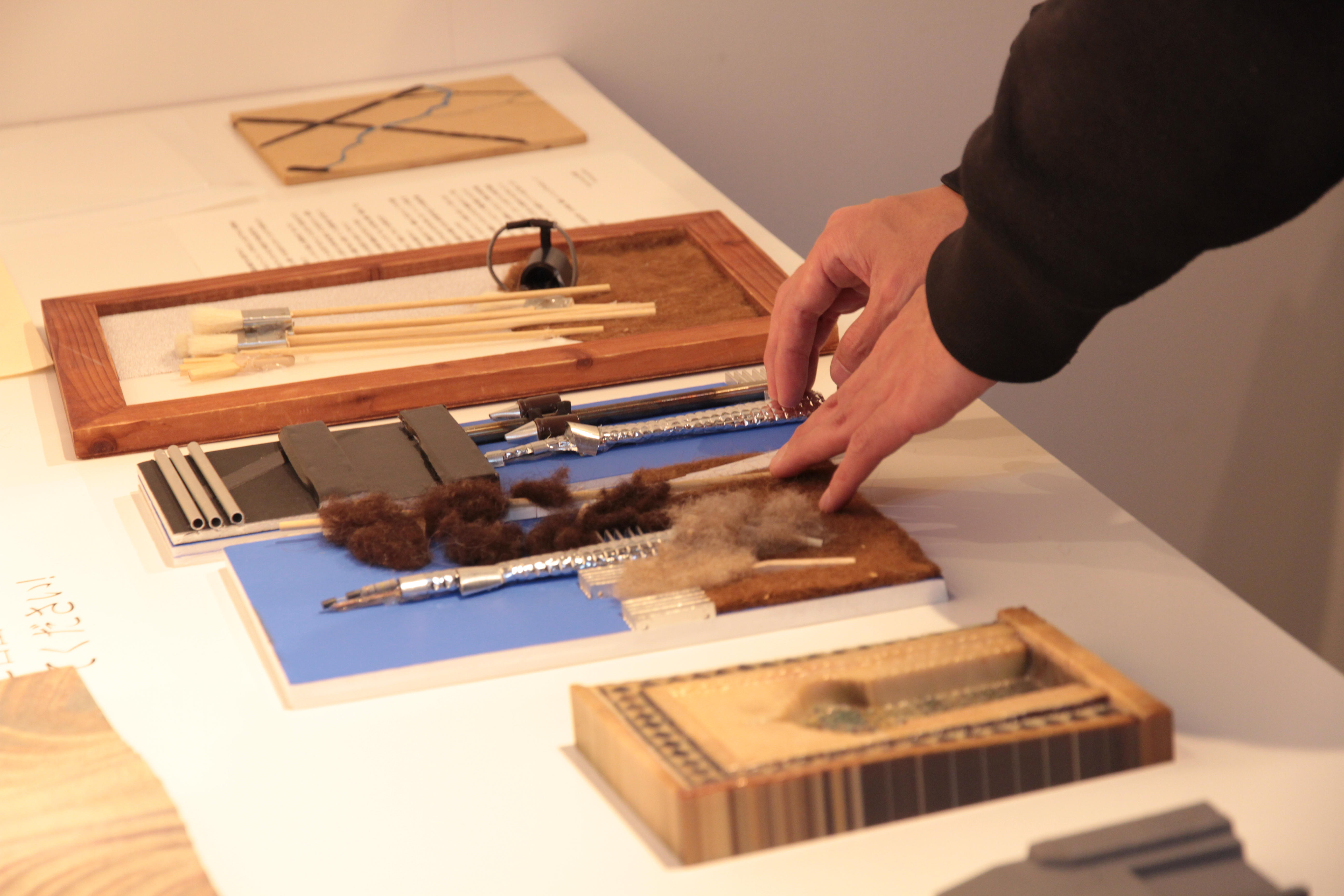Wednesday 29 July 2009
Tuesday 28 July 2009
Bob: Irresistible Possibilities
 Rebus, 1955 Robert Rauschenberg
Rebus, 1955 Robert RauschenbergRobert Rauschenberg interviewed on Captiva in 2000.
Saturday 25 July 2009
Petros Christostomou
Petros Christostomou
Stutter: Michael Ridel's Filmed Film Trailer (2008) at Tate Modern
Michael Riedel (b1972, Germany)
Michael Riedel’s Filmed Film Trailer (2008) derives from a 16-hour edit of footage from screenings of experimental films. From 1999 to 2002 over 40 hours of video recordings were made and the results were shown as Filmed Film events at Oskar-von-Miller Strasse 16 in Frankfurt/Main. The auto focus mechanism of the camera often wasn’t able to focus on the film and some of the shots are blurred and appear to be vibrating. Badly filmed, the image moves within the image or the film within the film disappears. Seldom are the original film and the filmed version identical in length, the life of the camera’s battery often determined the duration of the film. Using the programme Final Cut, Riedel distilled the assembly into a frenetic ‘trailer’ for Filmed Film lasting 7 minutes. In the process, an overload of information produces an array of gaps, elisions and errors that create an entirely new work.
Four proposals for the change of modern (2009) belongs to a series of works that Riedel began in 2008 for a group show at The Modern Institute in Glasgow. Cutting the word ‘modern’ from the gallery’s logo out of a piece of black fabric and turning the resulting banner on each of its sides, four new shapes were created by chance. Four proposals for the change of modern foregrounds process by drawing distinctions and opening up an infinite number of abstract forms, which allows the word ‘modern’ to be read as an ever changing moment. Through these methods, Riedel effects a gradual degradation of form and disintegration of language.
Marisa Merz
Marisa Merz (b. 1925, Turin)
The works of Marisa Merz display many of the fundamental themes and preoccupations associated with Arte Povera. These include an interest in flowing, organic forms, a concentration on subjectivity and the visionary, the embracing of 'low' types of art such as craft, and the relationship between art and life. 'There has never been any division between my life and my work', she has said. She often adapts traditional practices associated with female domesticity, such as knitting, and the idea of home as a private, intimate and feminine realm is central to her work. In 1966, for example, she created the spectacular work Untitled (Living Sculpture), both for her own house and as a gallery installation. It was made from thin strips of shiny aluminium, clipped together and suspended from the ceiling to form great coiled and spiralling forms, creating a magical environment.
In 1968, she began knitting nylon or copper threads into simple geometric shapes to fit her body. Little Shoes, 1970, for instance, is a nylon-thread sculpture made for her feet. Bea, 1968, is another knitted work, spelling out her daughter's name. These delicate, web-like works have been installed both along gallery walls and in external locations such as beaches. Outdoors, they appear to grow like plants or grip on like living creatures. This inter-weaving of threads into a complicated network implies both an obsessive energy and ideas of communication and interconnection. Merz herself has spoken of an intense excitement running through these threads.
Sunday 19 July 2009
Mr.Shulman's Case Study Houses
 Chemosphere. Octagonal home built by John Lautner. 1960
Chemosphere. Octagonal home built by John Lautner. 1960













